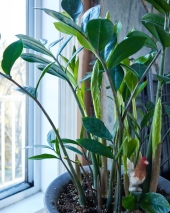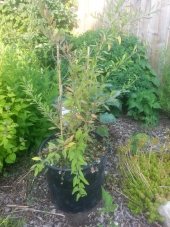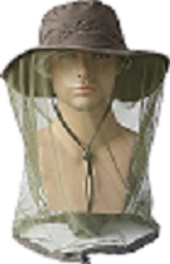




Have you had your minimum daily fiber allowance? If not, visit UrsulasYarn.etsy.com for natural fibers including: wool, hemp, linen, and more. Natural dyes are season dependent.








“Enough is as good as a feast"
-Mary Poppins




Kyrt Ryder wrote:Lemongrass oil concentrate.
Look it up.
Have you had your minimum daily fiber allowance? If not, visit UrsulasYarn.etsy.com for natural fibers including: wool, hemp, linen, and more. Natural dyes are season dependent.




Matu Collins wrote:The best defense is popping any susceptible food into the freezer when it first comes home. You can store food in there to be safe but freezing kills the eggs and larvae so an overnight should do the trick. Keep peeking into grain and flour containers to catch an infestation before it spreads. Don't store these foods in plastic bags, the bugs can nibble through them.
Have you had your minimum daily fiber allowance? If not, visit UrsulasYarn.etsy.com for natural fibers including: wool, hemp, linen, and more. Natural dyes are season dependent.




Linda Listing wrote:
Kyrt Ryder wrote:Lemongrass oil concentrate.
Look it up.
I could not find info on how to apply it. I'm sure I can get it from the co-op but how do you use it? Thanks.












Long balcony garden in the green Basque Country




Have you had your minimum daily fiber allowance? If not, visit UrsulasYarn.etsy.com for natural fibers including: wool, hemp, linen, and more. Natural dyes are season dependent.










I found dead moths in a box of salt.
I did acquire some pitcher plants. They were out of butterwort. It's helped a lot.
I was able to pickup Neem Oil but after reading the warnings on it, I am hesitant.
Long balcony garden in the green Basque Country
 1
1








Have you had your minimum daily fiber allowance? If not, visit UrsulasYarn.etsy.com for natural fibers including: wool, hemp, linen, and more. Natural dyes are season dependent.

|
Frankly, my dear, I don't give a damn. But if you read my tiny ad, I might change my mind.
Learn Permaculture through a little hard work
https://wheaton-labs.com/bootcamp
|



